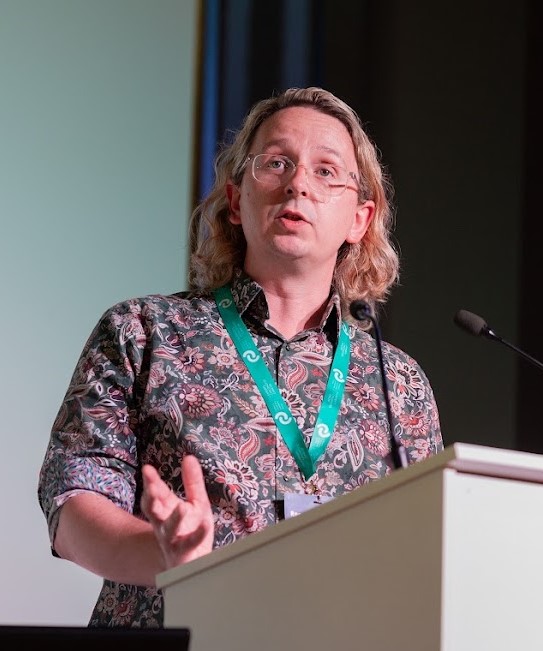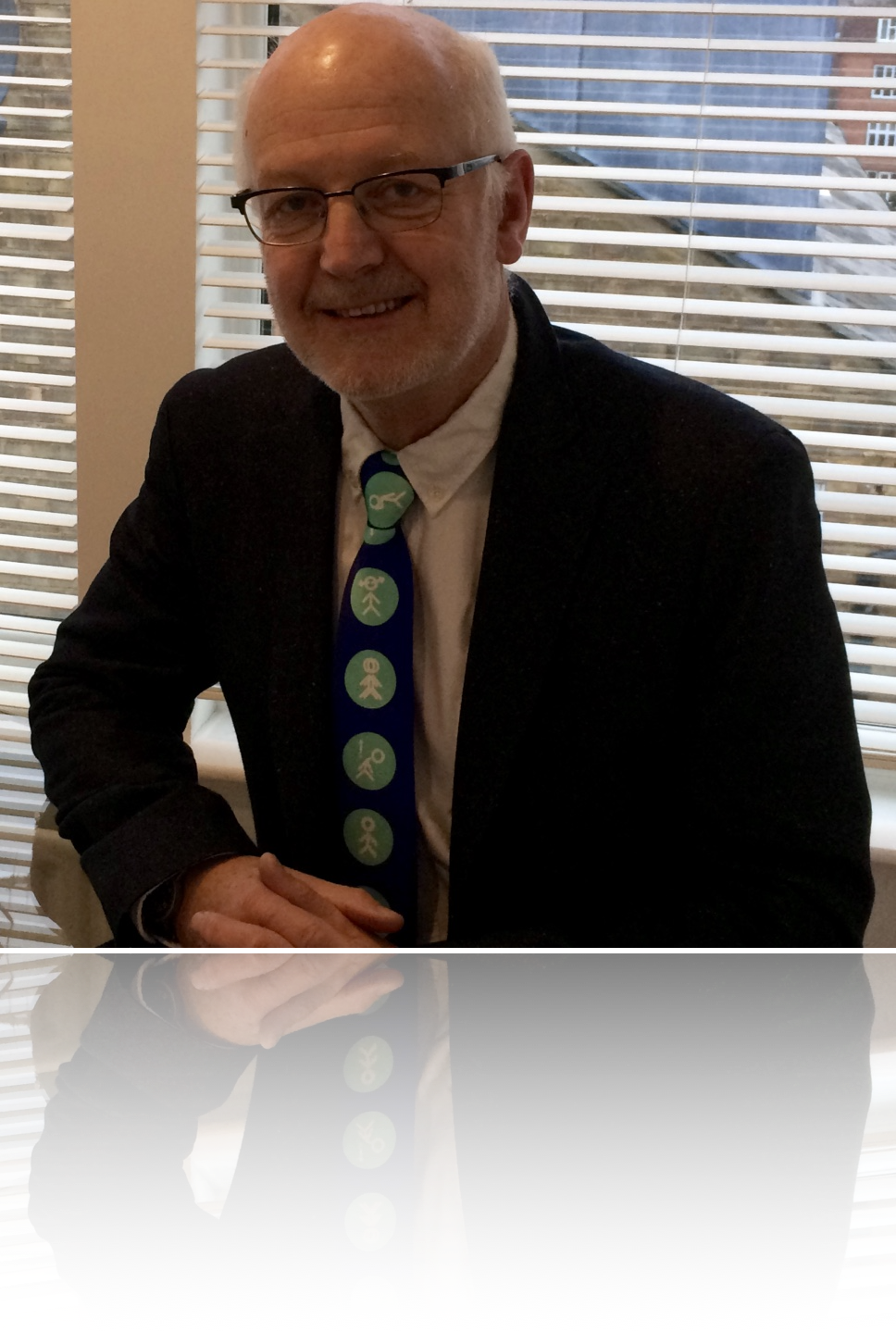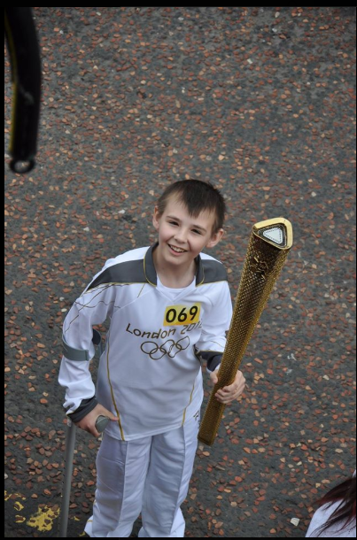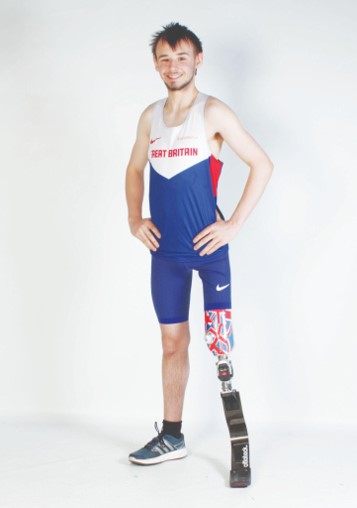New research highlights urgent need for greater awareness to aid early diagnosis of bone cancers in young people
New research led by experts at the University of Nottingham calls for greater awareness of the symptoms of bone cancers in children and young adults.
Over 150 cases are diagnosed annually in the UK. However, young people often face significant delays in their diagnosis, potentially impacting their chance of survival.
With long-term survival rates unchanged for over 15 years, and fewer than seven in 10 patients surviving beyond five years, experts emphasise the urgent need for earlier diagnosis and intervention.
Top symptoms identified
The paper, published today in Archives of Disease in Childhood, identifies the most common early symptoms of Ewing sarcoma and osteosarcoma based on data from over 1,400 patients. The symptoms included pain, swelling, fever, unexplained fractures, and limping. This provides crucial insights into symptom presentation.
David Walker, Emeritus Professor of Paediatric Oncology at the University of Nottingham and the senior author of the paper, said: “This paper is part of our Child Cancer Smart project, funded by Children’s Cancer and Leukaemia Group (CCLG), which focuses on identifying childhood cancers earlier in their development so that interventions can be streamlined and improved.
“Efforts to improve outcomes for children with bone tumours have not led to improvements in cure rates or disability rates for nearly two decades. It is time to look at whether accelerating diagnosis could change this static state of affairs.”
The research highlighted differences in symptoms between bone cancer patients. For example, young people with Ewing sarcoma were more likely to experience fevers or impaired limb use, while those with osteosarcoma often reported unexplained fractures, pain, and weight loss. Understanding these differences could help accelerate diagnosis and improve outcomes.
GP Dr Anita Chithiramohan highlighted the research’s importance in providing “valuable insights into the warning signs of bone tumours” in children.
She added: “Childhood bone tumours can be challenging to diagnose because the symptoms are often non-specific and may overlap with those of more common conditions, such as injuries or infections. These challenges highlight the need to raise awareness of childhood bone tumours among healthcare professionals to facilitate earlier recognition and diagnosis.”
The call for change
Despite bone cancer being one of the ten most common types of childhood cancer, young people and their families often don’t consider bone cancer a risk. Around one in 10 patients wait over three months after noticing symptoms before talking to a healthcare professional, and then often face further delays before a diagnosis is reached. GPs play an important role in the speed of diagnosis but may only see a case of childhood cancer once in 20 years.
Darlington schoolboy Kieran Maxwell was diagnosed with Ewing sarcoma in 2010, with it taking 14 months from the start of his leg pain to being referred for an X-ray. He died in 2017 at age 18 after an amputation and multiple relapses.
His mum Nicola said: “Kieran’s diagnosis should have been quicker. We thought we were lucky as it hadn't spread at initial diagnosis, but Kieran's tumour kept coming back. His first relapse was to his lungs, and the second relapse was to his heart.
“It is very difficult to treat relapsed bone cancers and survival is very poor. Early diagnosis has a positive impact on survival and the chance of recurrence drops quite significantly.
“I often wonder, if Kieran had been diagnosed earlier, would we have had the chance to save his leg and his life?”
Another mum, Karen, initially assumed that her 16-year-old son Ben’s leg pain was due to a cycling injury. However, the GP immediately referred him for an X-ray, and he started osteosarcoma treatment just six weeks later. Sadly, Ben died in 2020, five years after finishing treatment.
Karen said: “The speed of Ben’s diagnosis in 2014 was down to our GP. She took the pain seriously and, within six weeks of the GP appointment, his chemotherapy treatment had started. I worry that young people’s pain is not always taken as seriously as Ben’s was.
“People need to be very aware of the signs and symptoms of bone cancer, but that needs to be joined up with medics also being aware that, although rare, the child before them could be the one bone cancer case they see in perhaps their whole GP career, and to miss it would be devastating for everyone.”
GP Dr Paul Nathan explained: “There is a lack of education for GPs about children’s cancers and how they may present in primary care, whereas there is education regarding lots of adult conditions. In addition, childhood cancers are still seen as rare by primary care, so are not uppermost in GP's minds.”
A better future
The findings from this work will be used to develop referral guidelines to help healthcare professionals recognise bone cancers sooner, potentially saving families from the heart-breaking consequences of a late diagnosis. These will be accompanied by awareness campaigns to educate families and primary healthcare professionals about the signs of bone cancer.
Ashley Ball-Gamble, CEO of CCLG and a co-author of the paper, said: “This research underscores the need for earlier diagnosis of bone cancers in children and young people. By identifying common symptoms, and showing differences between Ewing sarcoma and osteosarcoma, we are taking an important step toward improving awareness and reducing delays in diagnosis.
“Raising bone cancer awareness in healthcare professionals is essential to ensuring that no child or young person’s symptoms are overlooked, and that treatment can begin as early as possible. By acting on these findings, we can give every patient the best chance of survival.”
Press release distributed by Pressat on behalf of Children's Cancer and Leukaemia Group, on Wednesday 5 February, 2025. For more information subscribe and follow https://pressat.co.uk/
Cancer Childhood Cancer Teenage Cancer Children And Young People With Cancer Research Medical Research Bone Cancer GP Healthcare Awareness Charities & non-profits Children & Teenagers Health Medical & Pharmaceutical
Published By

03330507654
info@cclg.org.uk
https://www.cclg.org.uk/
Head of Engagement: Claire Shinfield claire.shinfield@cclg.org.uk
CEO: Ashley Gamble ashley.gamble@cclg.org.uk
Press and PR Executive: Sam Chambers sam.chambers@cclg.org.uk
Visit Newsroom
You just read:
New research highlights urgent need for greater awareness to aid early diagnosis of bone cancers in young people
News from this source:





